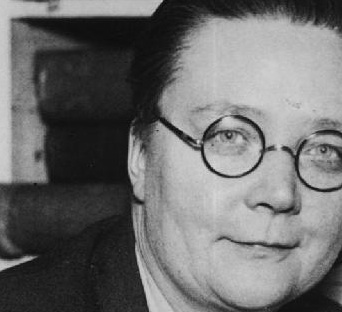 John Franke, in his new and exciting book Manifold Witness: The Plurality of Truth (Living Theology)
John Franke, in his new and exciting book Manifold Witness: The Plurality of Truth (Living Theology)
, learned as a kid that one way to settle theological questions was to appeal to the “historic Christian faith.”
So John looked into it, and he began “to wonder how we can talk about something like the historic Christian faith in light of the diversity that has characterized Christian history” (22).
John appeals to Andrew Walls’ church history space traveller who visits the first Jerusalem community — very Jewish. Then he visits the Council in Nicea — very unJewish, many single males, eucharistic, theology unlike anything heard in Jerusalem. Then a few centuries later in Ireland — odd monks doing heroic things, illustrating manuscripts, lots of creed but not much interest in theology. In the 1840s, a congregation in London: English, missionary emphasis, holiness. Then to Lagos in the 20th Century: white robes and chanting on their way to church, healing and reception of messages from God.
What is the historic Christian faith?
Yes, there is a history that connects each of these congregations. Yes, also, there is an essential continuity in the exaltation of Jesus Christ from beginning to last; same sacred texts; and a consciousness of communion with all others like them.
Franke adapts Walls: there is an indigenization and a transformative principle at work in the historic Christian faith. The gospel comes to us where we are; our faith has a particularism about it, a locality, a very local shape. But God meets us where we are — in our locality — in order to transform us into what God wants for us. So there is a “here but not here” shape to the Christian faith, to the historic Christian faith.
From the beginning, then, there has been diversity: a gospel that takes shape locally but that transcends the local. The Church tells the story of plurality, not uniformity.

